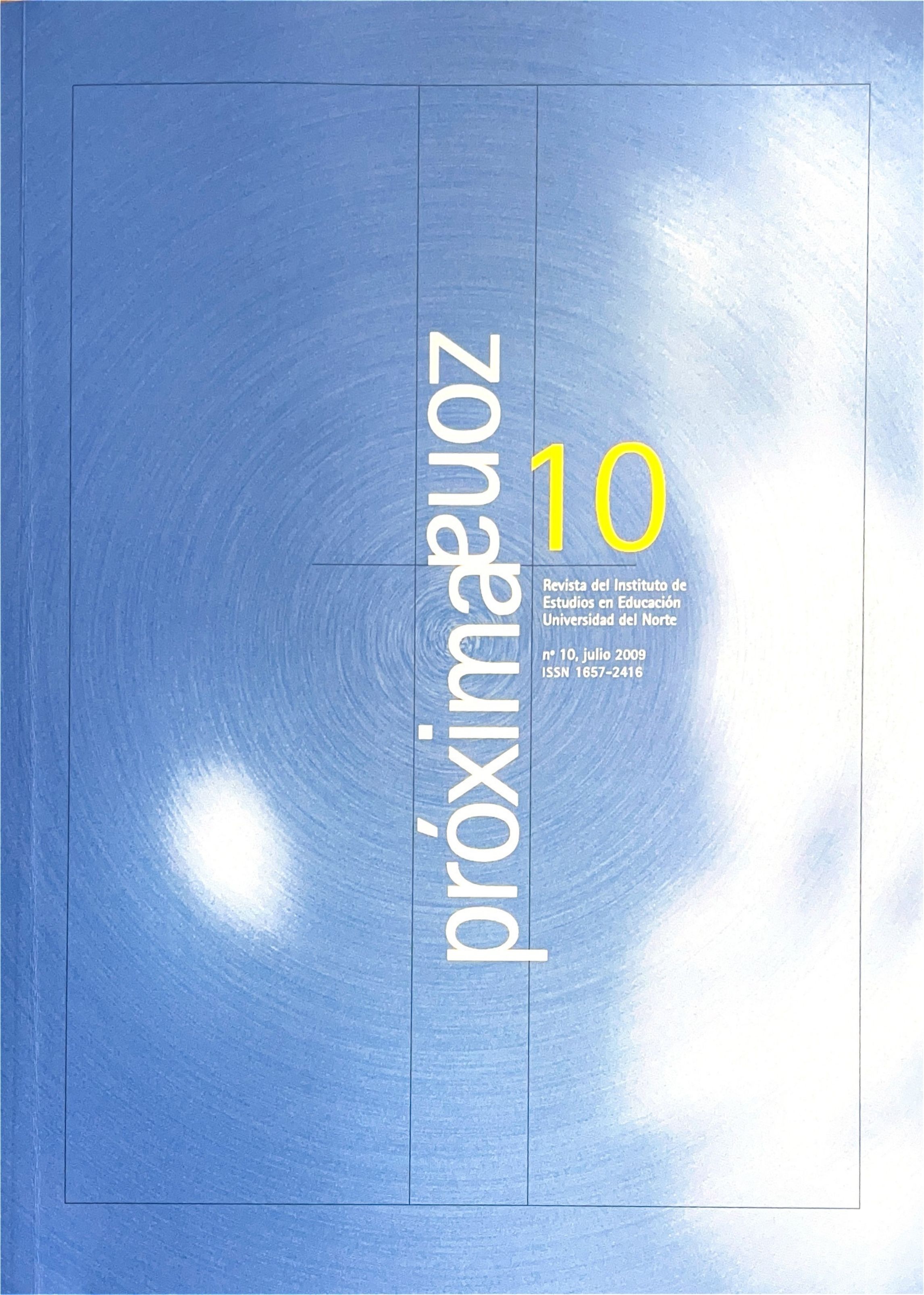Resumen
El objetivo de este trabajo fue conocer lo imaginario del otro que tienen los niños de dos escuelas con sistema pedagógico alternativo (Freinet y Montessori) de la Ciudad de México. Se partió de los conceptos teóricos de diferencia (caracterización), otredad (contextualización) y alteridad para construir las etapas de acercamiento del imaginario. Los datos se obtuvieron a partir de grupos de discusión en los que se implementaron diversas herramientas metodológicas como la clasificación de fotografías y la lluvia de ideas. Luego del análisis de los datos se concluyó que la escuela tiene una influencia importante en la construcción de las imágenes mentales que tienen los niños sobre la diferencia y la otredad y que la experiencia directa permite un mayor acercamiento a la otredad. A partir del análisis concluimos que debido a la naturaleza de los sistemas Montessori y Freinet lo imaginario de los niños de ambas escuelas se ubica en la diferencia y se acerca a la otredad.
Citas
AUGÉ, M. (1996). El sentido de los otros. Barcelona: Paidós.
GEERTZ, C. (1986). Los usos de la diversidad. España: Paidós.
KROTZ, E. (2002). La otredad cultural entre utopía y ciencia. Un estudio sobre el origen, el desarrollo y la reorientación de la antropología. México: Fondo de Cultura Económica, UAM.
LEVINAS, E. (1993). El tiempo y el otro. Argentina: Paidós Ibérica.
MONTES DE OCA, L. B. (2001). Imaginario identitario en el discurso educativo oficial mexicano. Tesis de Licenciatura en Antropología Social. México: Escuela Nacional de Antropología (ENAH).
MURDOCK, G. (1954). Guía para la clasificación de los datos culturales. Versión en castellano preparada por el Instituto Indigenista Nacional de Guatemala y la Oficina de Ciencias Sociales de Unión Panamericana. Washington: IING - PU.
VERGARA, A. (coord.) (2001). Imaginarios: horizontes plurales. México: Conaculta-INAH.
WILDNER, K. (1998). El Zócalo de la ciudad de México. Un acercamiento metodológico a la etnografía de una plaza. México: Anuario de Espacios Urbanos.


